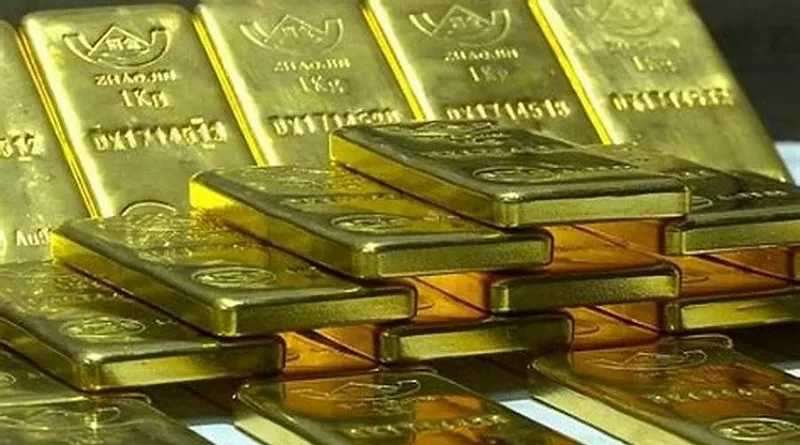The year 1998 marked an interesting period in global economic history, characterized by various geopolitical events and economic shifts. Among the assets that gained considerable attention during that time was gold, a precious metal with a long-standing reputation as a safe haven investment. In this article, we delve into the price of gold in 1998, exploring the factors that influenced its value, and reflecting on its significance within the broader financial landscape.
Economic Climate in 1998
To understand the price of gold in 1998, it is crucial to examine the overall economic conditions that prevailed during that period. The late 1990s were marked by significant developments, such as the Asian financial crisis that began in 1997 and reverberated throughout the global economy. This crisis led to increased uncertainty and volatility in financial markets, prompting investors to seek refuge in assets like gold.
Factors Influencing Gold Prices
- Global Economic Uncertainty:
The aftermath of the Asian financial crisis, coupled with concerns about potential spillover effects on other economies, contributed to an environment of uncertainty. Gold, with its intrinsic value and limited supply, became an attractive option for investors looking to protect their wealth against economic turbulence.
- Inflationary Pressures:
Inflation, or the general rise in prices, is a fundamental driver of gold prices. While inflation remained relatively subdued in 1998, investors anticipated future price increases due to the expansionary monetary policies implemented by central banks to stimulate economic growth. Consequently, gold served as a hedge against potential inflationary pressures.
- Central Bank Policies:
Central banks play a crucial role in shaping the gold market. In 1998, several central banks were actively managing their gold reserves, which had a direct impact on the metal’s supply and demand dynamics. Any decision to buy or sell gold by these institutions influenced market sentiment and, consequently, gold prices.
Gold Price Performance in 1998
In January 1998, the price of gold started at around $290 per ounce. Over the course of the year, gold prices experienced significant fluctuations, largely influenced by the aforementioned economic factors. By mid-July, gold had reached a low of approximately $280 per ounce, primarily driven by a temporary improvement in the global economic landscape.
However, as the year progressed, the Russian financial crisis unfolded, with the country defaulting on its debt obligations. This event caused a ripple effect throughout financial markets, leading to a flight to safety. Investors sought refuge in gold, driving prices upward. By October 1998, gold had surged to around $320 per ounce.
Towards the end of the year, gold prices faced some downward pressure as fears of global economic recession began to ease, and the US Federal Reserve implemented interest rate cuts to stimulate growth. As a result, gold closed the year at approximately $290 per ounce, reflecting its starting price.
Significance of Gold in 1998
The price of gold in 1998 not only reflected the economic landscape but also highlighted the metal’s role as a safe haven investment during times of uncertainty. Investors turned to gold as a means of safeguarding their portfolios and protecting against potential economic risks.
Moreover, the performance of gold in 1998 laid the foundation for subsequent years, as the metal continued to gain prominence as a valuable asset in the following decades. The price fluctuations and investor sentiment during this period set the stage for the continued interest in gold as a means of portfolio diversification and wealth preservation.
Conclusion
The year 1998 witnessed dynamic economic conditions and geopolitical events that influenced the price of gold. Amidst global economic uncertainty and concerns about inflation, gold emerged as a preferred investment choice for many. The price of gold in 1998 experienced notable fluctuations, with the metal serving as a reliable safe haven during times of turmoil.
The significance of gold’s performance in 1998 extends beyond that particular year, as it laid the groundwork for the increased attention and recognition that gold has garnered in the investment world. Understanding the factors that drove gold prices during this period helps provide insights into the precious metal’s enduring appeal and its role within the broader financial landscape.


